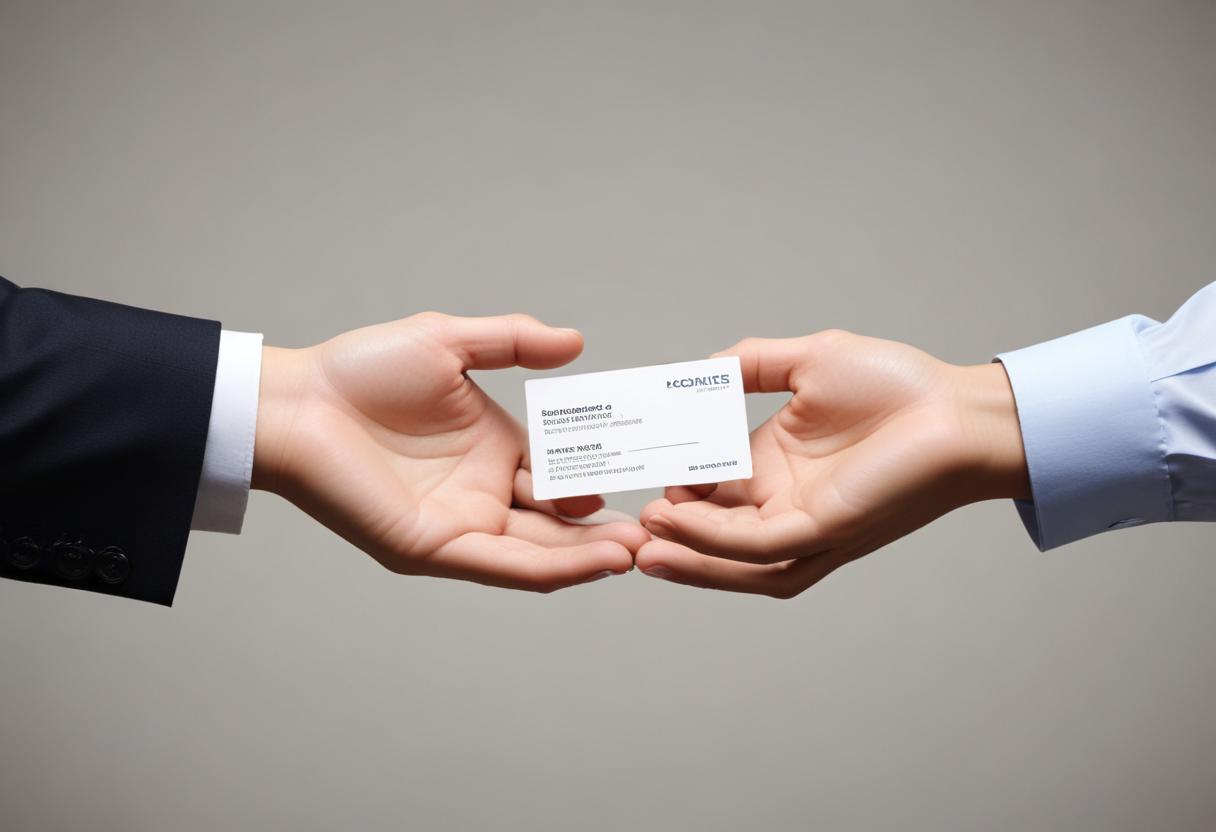In today’s competitive business environment, a business card is often the first impression a company makes. Choosing the right best business card printing service ensures that every card reflects professionalism, quality, and brand identity. This guide provides expert tips for selecting the right printer, making the decision process straightforward and reliable.
Tip 1: How can one identify a best business card printer with real experience and reliability?
Select a printer with a proven track record, physical samples, and verified client testimonials.
Why printer experience matters
Experience ensures that the printer understands material selection, finishing techniques, and color consistency. A printer with years of experience can prevent common issues like misaligned cuts, inconsistent colors, and poor-quality finishes.
How to evaluate experience
- Portfolio review: Examine real samples of previous work.
- Client feedback: Look for reviews on Google, social media, or business directories.
- Technical knowledge: Ask about digital vs. offset printing, Pantone color matching, and special finishes.
Always request a physical proof to verify quality before bulk production.
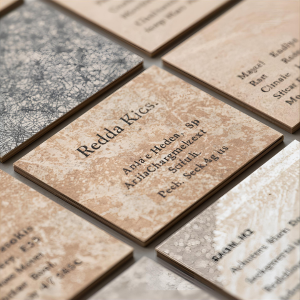
Tip 2: What should be checked to ensure high-quality print results?
Inspect a physical proof for color accuracy, sharpness, edge cuts, and finish consistency before confirming a print run.
Key quality checks
- Color accuracy: Verify that printed colors match brand specifications.
- Edge and cut quality: Ensure clean, precise cuts with proper bleed margins.
- Finish consistency: Matte, gloss, or soft-touch coatings must be uniform.
- Text clarity: Logos and text should be crisp with no smudging.
Common quality problems and solutions
| Problem | Possible Cause | Solution |
| Dull colors | Incorrect CMYK conversion | Use Pantone matching |
| Uneven lamination | Poor machine calibration | Request remakes or adjustments |
| Misaligned design | Improper bleed | Confirm proper bleed and safety margins |
| Rough edges | Dull cutter | Choose correct paper GSM or request maintenance |
Tip 3: Which materials and finishes create the best brand impression?
Material and finish should match the brand’s personality and usage needs.
Recommended materials
- Soft-touch lamination: Premium, smooth finish for executive cards.
- Spot UV or gloss accents: Highlight logos or icons effectively.
- Foil stamping (gold/silver): Adds luxury and exclusivity.
- Plastic or metal cards: Durable, visually striking for creative industries.
How to choose the right option
- Consider the audience: Corporate clients vs. creative consumers.
- Daily handling: Frequent use requires durable materials.
- Desired impression: Matte/linen for conservative brands, foil or textures for luxury brands.
- Budget: Balance cost with quality and material choice.
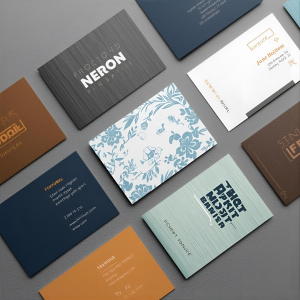
Tip 4: How can pricing be compared without sacrificing quality?
Focus on value for money rather than the cheapest price.
Tips for pricing comparison
- Request detailed quotes: Include design, revisions, and delivery costs.
- Evaluate inclusions: Some printers offer bulk discounts, free proofs, or design support.
- Long-term value: Consider reliability and print quality over one-time savings.
- Eco-friendly options: Sustainable papers and soy-based inks may cost slightly more but improve brand image.

Tip 5: Why is choosing a local printer in Dubai advantageous?
Local printers provide faster delivery, personal support, and accountability.
Benefits of local printing
- Quick turnaround: Same-day or next-day delivery for urgent orders.
- In-person consultation: Discuss finishes, designs, and materials directly.
- No hidden costs or shipping delays.
- Support for local businesses: Builds long-term partnerships.
Frequently Asked Questions (FAQs)
What is the ideal thickness (GSM) for a business card?
The ideal thickness for a professional business card is typically 350–400 GSM, which provides a balance between durability and elegance. Cards within this range feel sturdy in hand, resist bending, and convey a premium impression. For high-end or luxury brands, textured or soft-touch finishes on this thickness can add a tactile dimension, enhancing the overall presentation.
Can foil, embossed, or special finishes be applied in Dubai?
Yes, most printing services in Dubai offer foil stamping, embossing, debossing, spot UV, and other special finishes. These techniques highlight logos, names, or design elements, adding a sophisticated and professional appearance. Businesses often use these finishes to make their cards stand out at networking events or corporate meetings, creating a memorable impression.
How long does it take to print business card locally in Dubai?
Printing business cards in Dubai typically takes 24–48 hours, depending on quantity and complexity. Simple digital prints are often ready the same day, while custom finishes such as foil, embossing, or textured materials may require additional production time. Local printers can also provide urgent or next-day services for last-minute orders.
Are eco-friendly business card options available in Dubai?
Yes, eco-friendly options are widely available, including recycled paper, soy-based inks, and sustainable packaging. These cards are not only environmentally responsible but also maintain high-quality printing standards. Many businesses choose eco-friendly cards to align with sustainability goals or to appeal to environmentally conscious clients.
How much does it cost to print business card in Dubai?
The cost of printing business cards in Dubai varies based on material, finish, quantity, and customization. Basic cards on standard cardstock can start from AED 100–150 for 100 cards, while premium cards with textured finishes, foil stamping, or embossing can range from AED 300–500 or more for the same quantity. Bulk orders typically reduce the per-card cost, and requesting a detailed quote helps avoid hidden charges.
Can a printer in Dubai handle custom shapes and sizes for business cards?
Yes, many professional printers offer custom die-cutting and non-standard card sizes. Standard business cards are usually 90x50mm or 85x55mm, but custom shapes, rounded corners, or unusual dimensions help brands create unique cards that stand out. Printers equipped with die-cut machines ensure precise cuts while maintaining print quality.
How can businesses ensure the colors match their brand identity?
To maintain brand color consistency, printers in Dubai often use Pantone color matching or calibrated printing profiles. Reviewing a physical proof before final printing ensures that the colors of the logo, text, and design elements appear accurately on the card, matching the company’s official branding guidelines.
Is it better to choose a local printer or an overseas service?
Choosing a local printer in Dubai is generally more advantageous due to faster delivery, direct communication, and easier quality control. Local services allow in-person consultations, physical proofs, and timely revisions, which reduce the risk of delays or errors. Overseas printing may seem cheaper initially, but shipping, customs, and limited proofing options can compromise the final product.
Conclusion
Choosing the right business card printing service requires careful evaluation of experience, print quality, materials, pricing, and support. Selecting a reliable printer ensures that business cards effectively represent the brand and make a strong first impression.
For businesses in Dubai looking for premium business card printing, Best Business Printing Card in Dubai offers a wide range of high-quality printing solutions tailored to meet professional standards.

